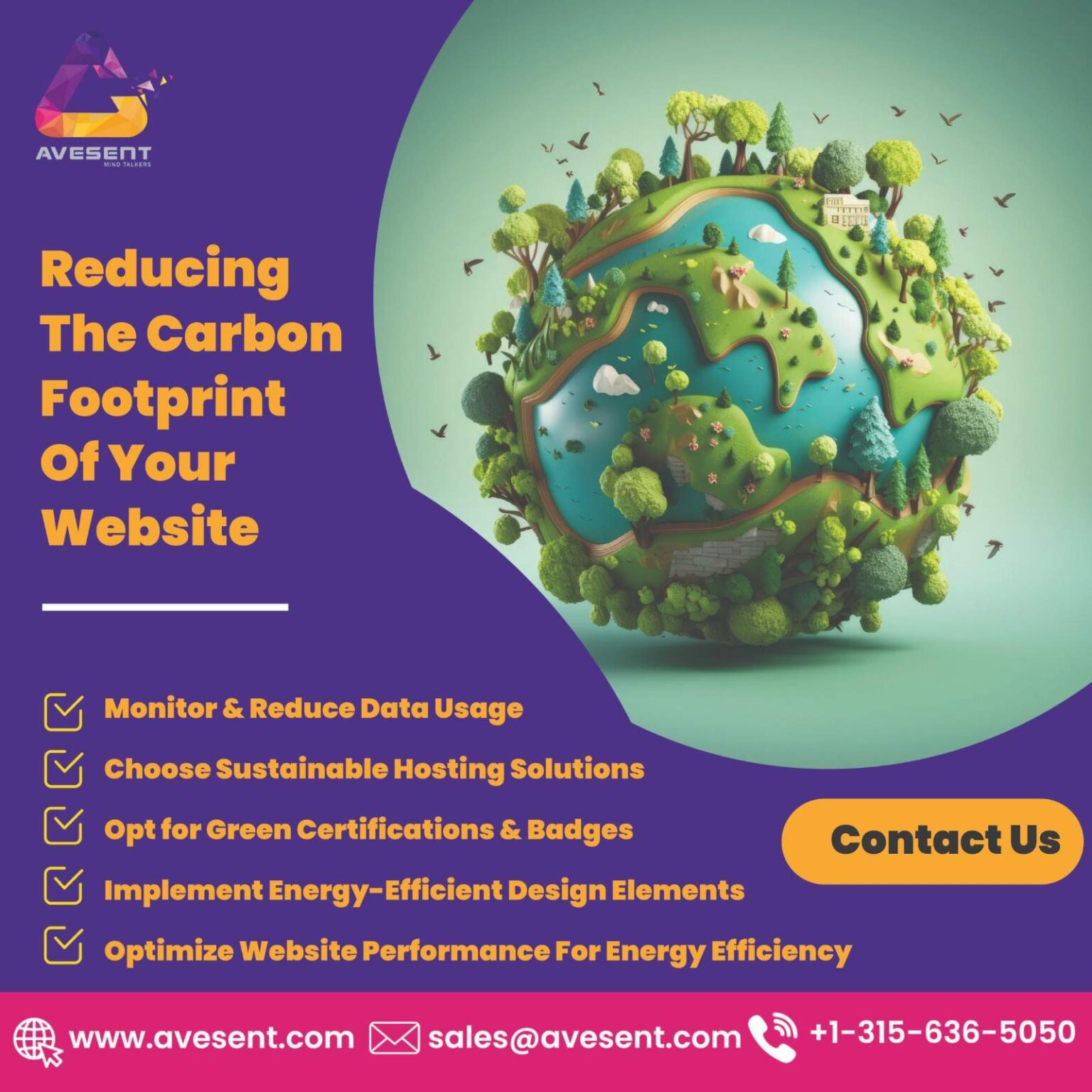In an era where sustainability is increasingly crucial, the digital landscape isn’t exempt from the call for eco-conscious practices. Websites, often overlooked in discussions about environmental impact, actually contribute to carbon emissions. Embracing sustainable design practices isn’t just an ethical choice; it’s a necessity. By implementing these practices, businesses, in collaboration with marketing firms in Florida, can significantly reduce the carbon footprint of their websites while fostering a greener digital ecosystem.
Optimize Website Performance for Energy Efficiency:
Websites with bloated code, excessive animations, and large media files consume more energy. Optimizing website performance through streamlined code, optimized images, and reduced scripts not only enhances user experience but also reduces the energy required to load the site. Collaborating with marketing firms in Florida versed in sustainable design ensures efficient coding practices aligned with environmental considerations.
Choose Sustainable Hosting Solutions:
The choice of hosting service impacts a website’s environmental footprint. Opt for hosting providers that prioritize renewable energy sources or have commitments to offsetting their carbon emissions. Collaborating with marketing firms in Florida familiar with sustainable hosting options ensures the selection of environmentally responsible hosting services.
Implement Energy-Efficient Design Elements:
Utilize design elements that consume less energy. Simplify designs, minimize unnecessary animations, and opt for lighter color palettes that require less energy to display. Collaborating with marketing firms in Florida proficient in sustainable design practices ensures the integration of energy-efficient elements into website design without compromising aesthetics.
Opt for Green Certifications and Badges:
Displaying green certifications or badges on your website communicates your commitment to sustainability. Certifications such as LEED or Green Seal and badges from eco-friendly hosting providers can signal your dedication to reducing environmental impact. Marketing firms in Florida can assist in highlighting these certifications as part of your brand’s sustainable identity.
Encourage User Engagement with Sustainable Practices:
Educate website visitors on sustainability and encourage eco-friendly practices. Implement features that promote eco-conscious actions, such as carbon footprint calculators or tips for reducing environmental impact. Collaborating with marketing firms in Florida enables the integration of user engagement strategies that promote sustainability.
Monitor and Reduce Data Usage:
Data transfer and storage contribute to energy consumption. Employ techniques to reduce unnecessary data usage, such as optimizing content delivery networks (CDNs) and minimizing data-heavy elements. Marketing firms in Florida proficient in sustainable web practices can help in optimizing data usage for reduced energy consumption.
Continuous Monitoring and Improvement:
Sustainability isn’t a one-time effort but a continuous journey. Regularly assess website performance metrics and environmental impact. Collaborate with marketing firms in Florida for ongoing optimization and improvements aligned with sustainable design practices.
Advocate for Sustainable Web Standards:
Support and advocate for industry-wide sustainable web standards and best practices. Join initiatives that promote eco-friendly web design and encourage others to adopt sustainable measures. Marketing firms in Florida can assist in amplifying your voice in advocating for sustainable web practices within the industry.
By prioritizing sustainable design practices in website development, businesses, in partnership with marketing firms in Florida, can significantly reduce the environmental impact of their online presence. It’s not just about creating an aesthetically pleasing website; it’s about building a digital landscape that aligns with environmental stewardship, leaving a positive impact on the planet for future generations.




